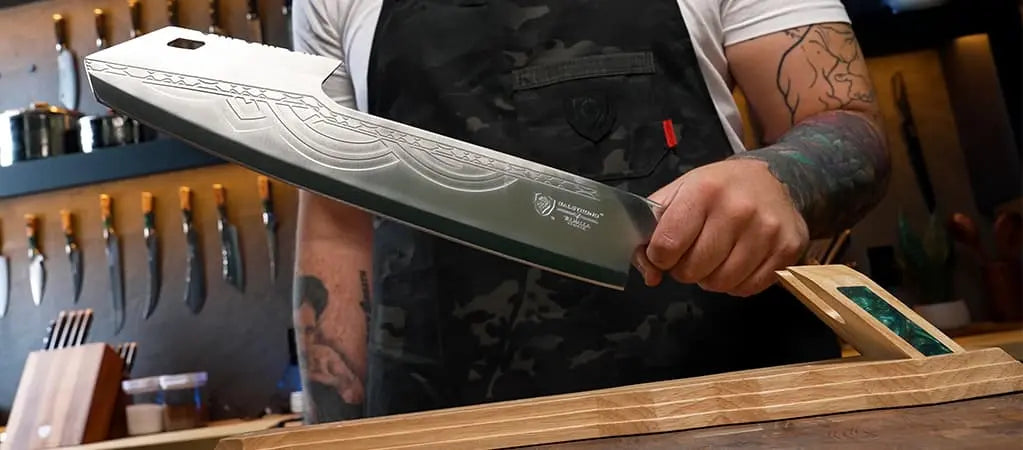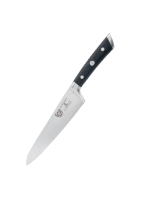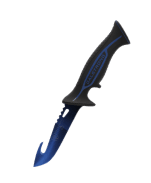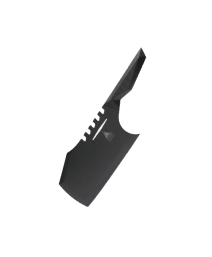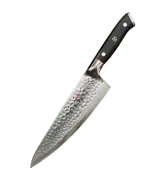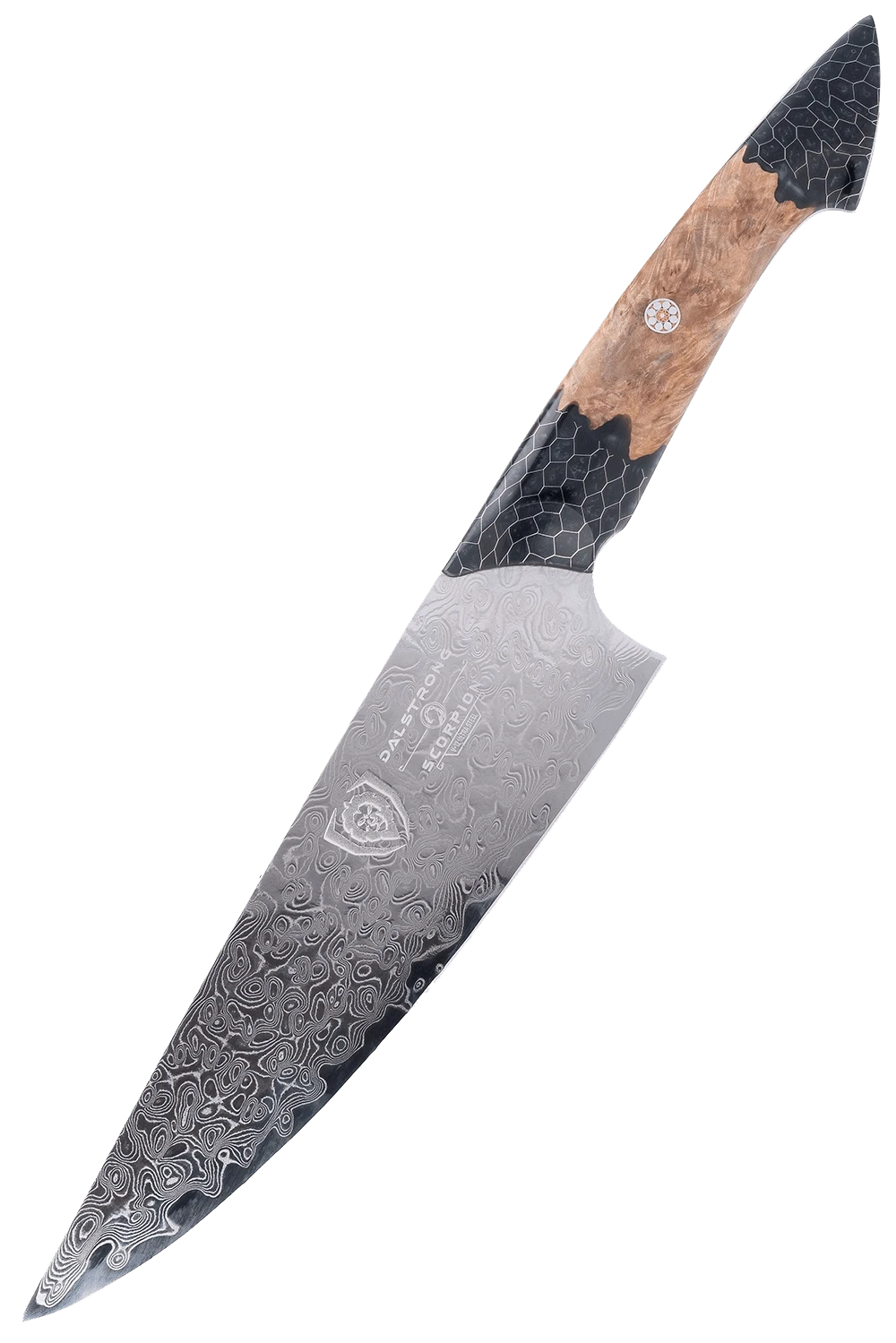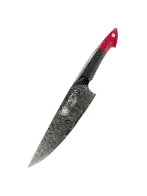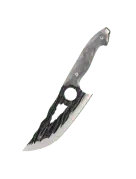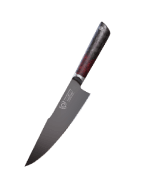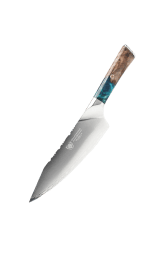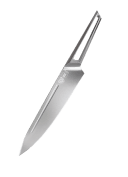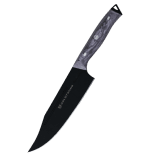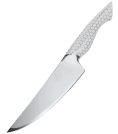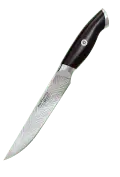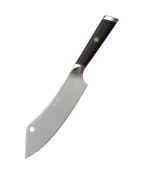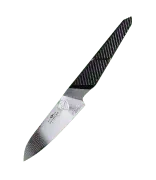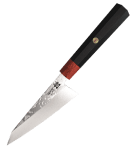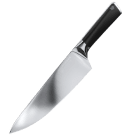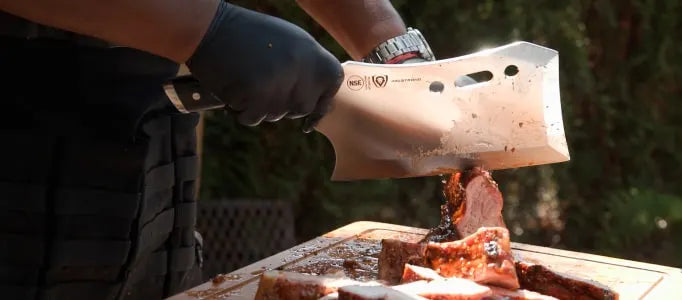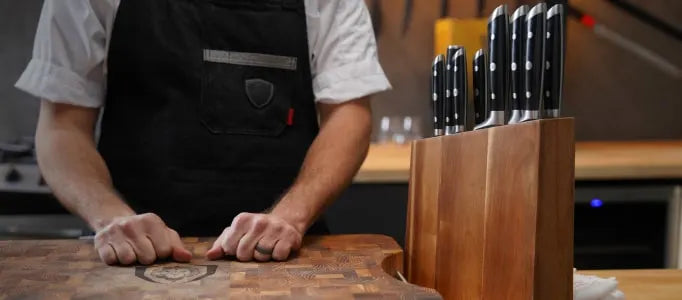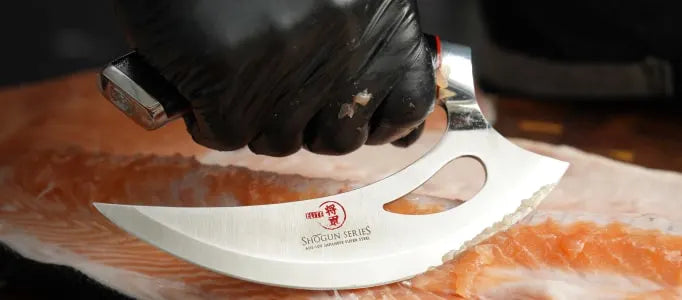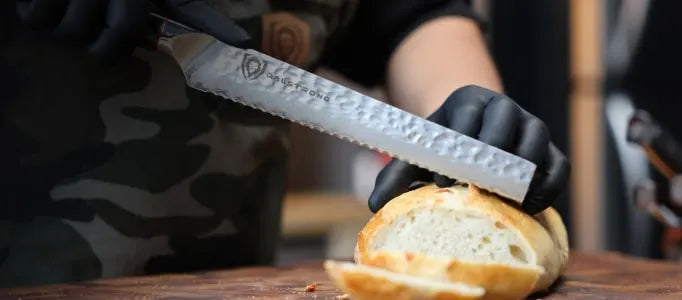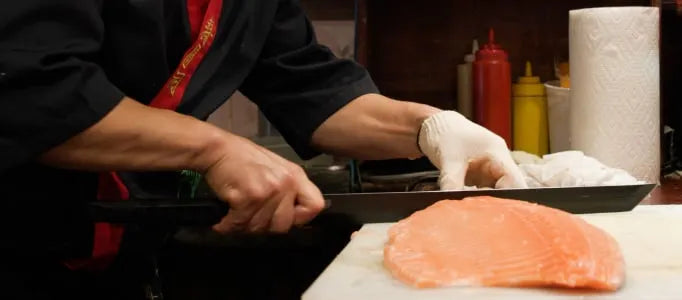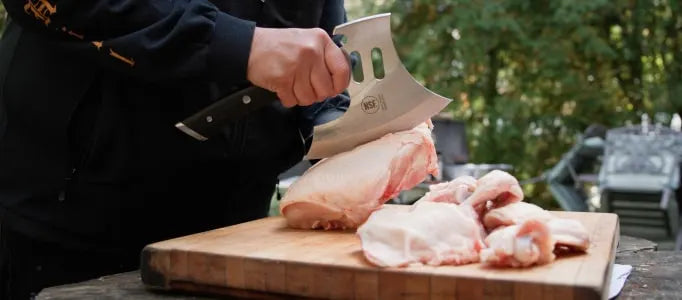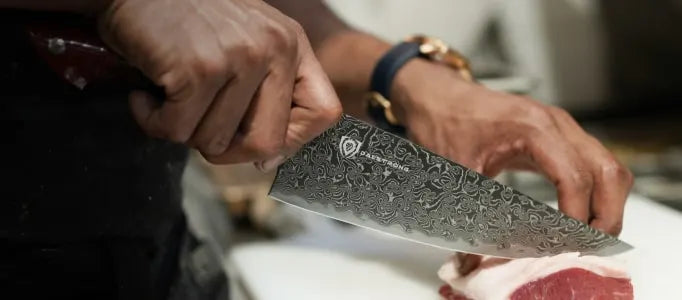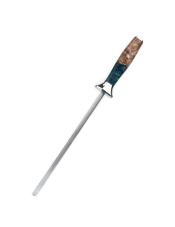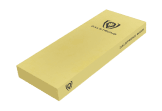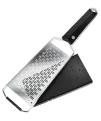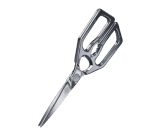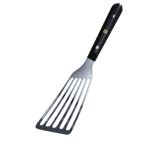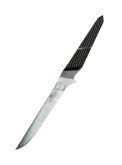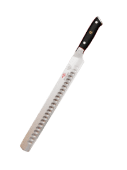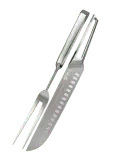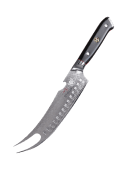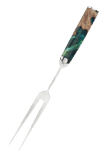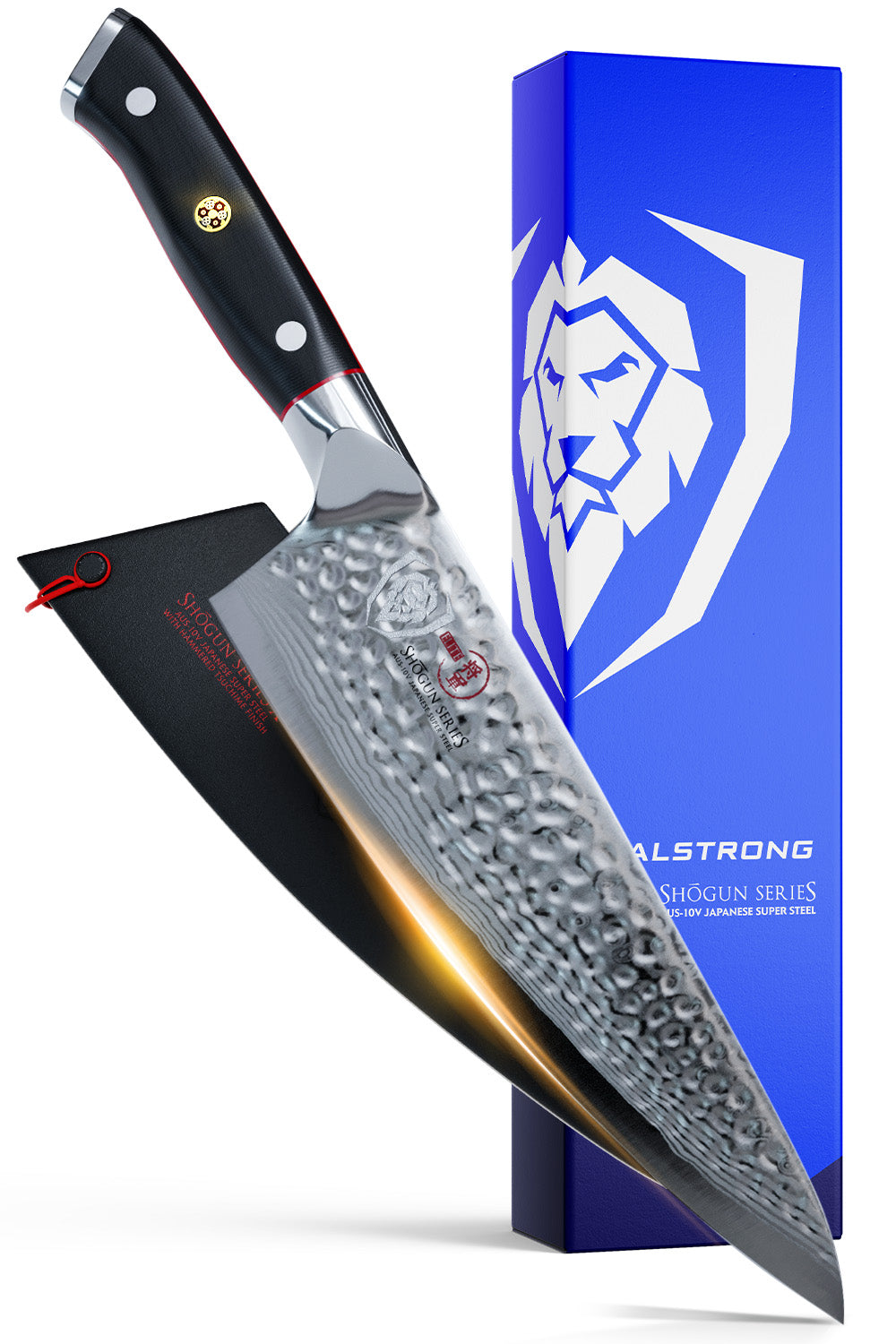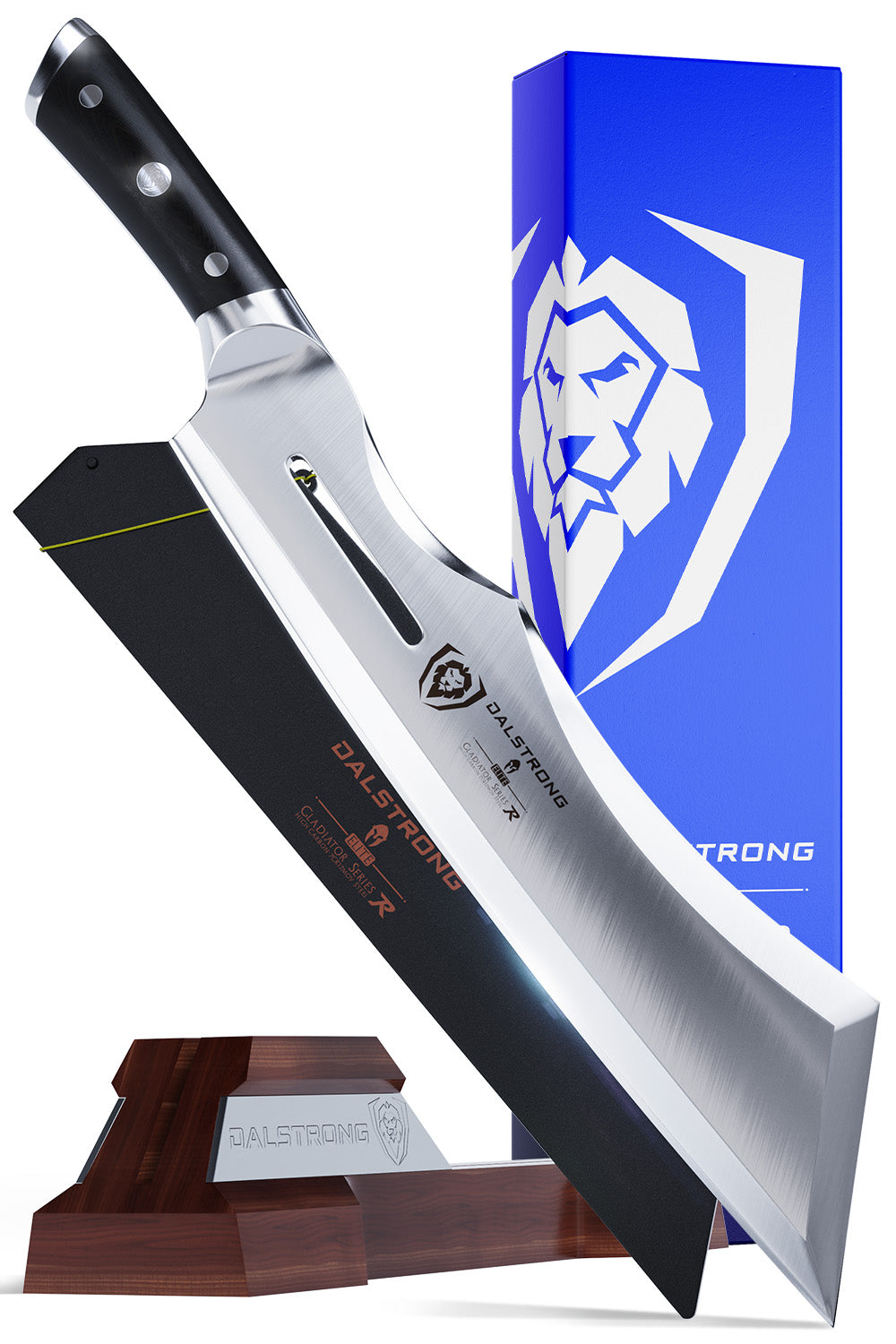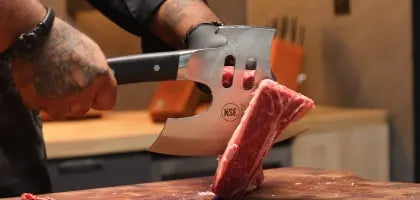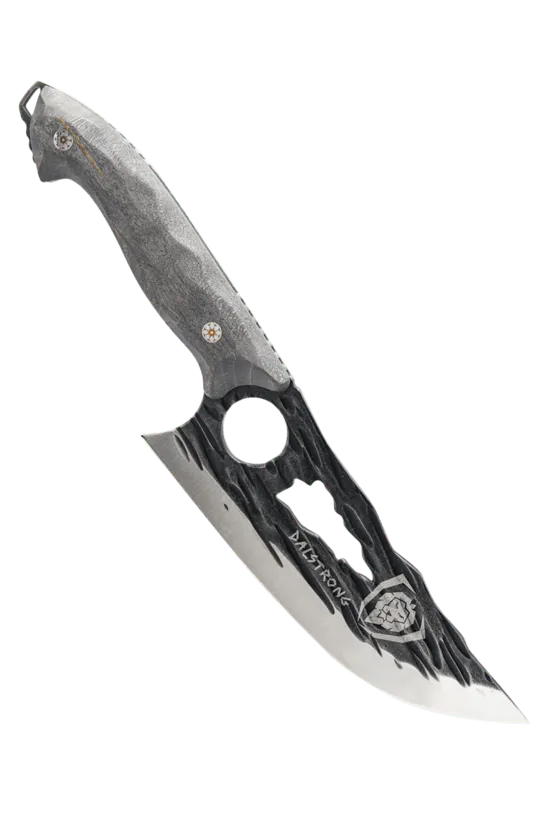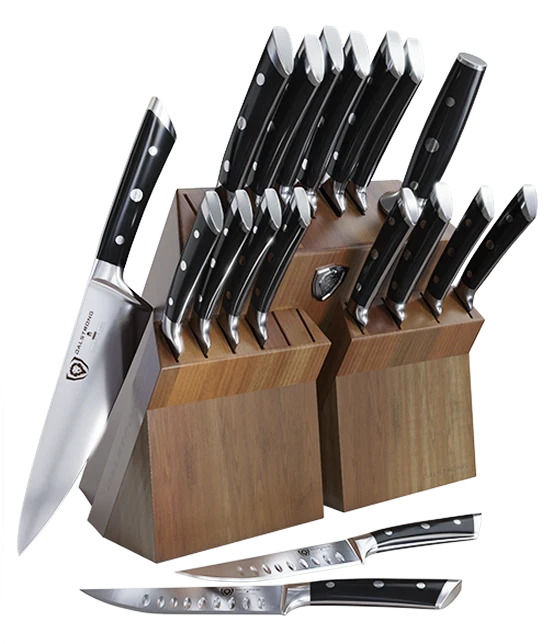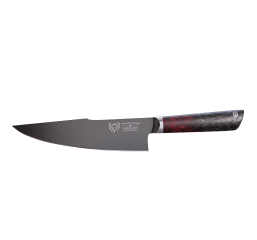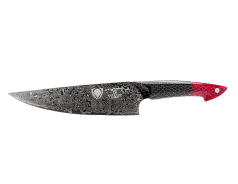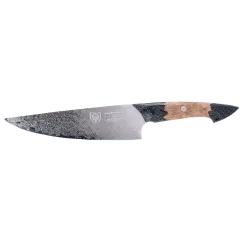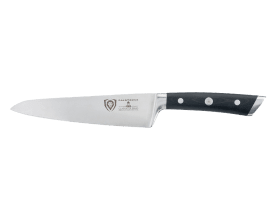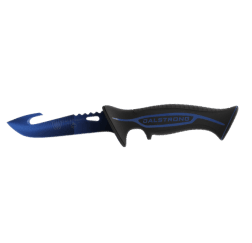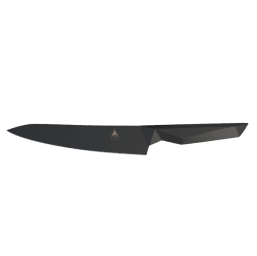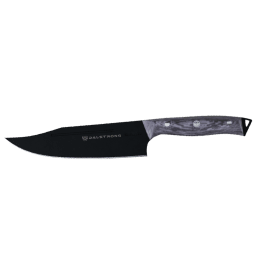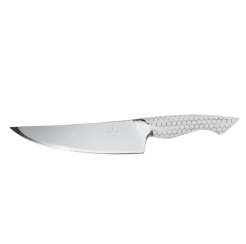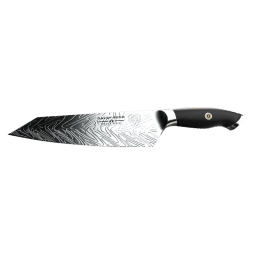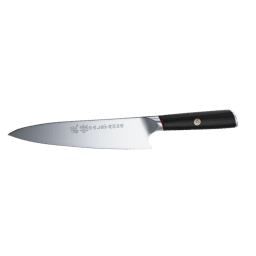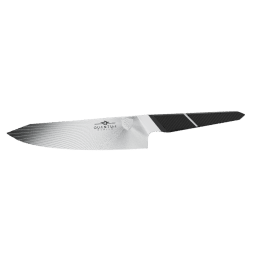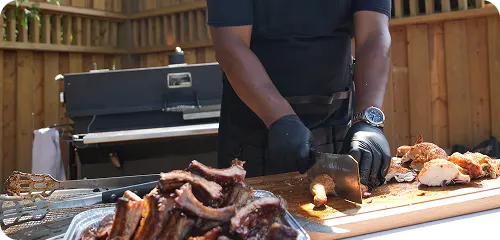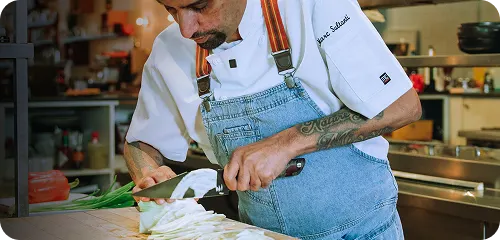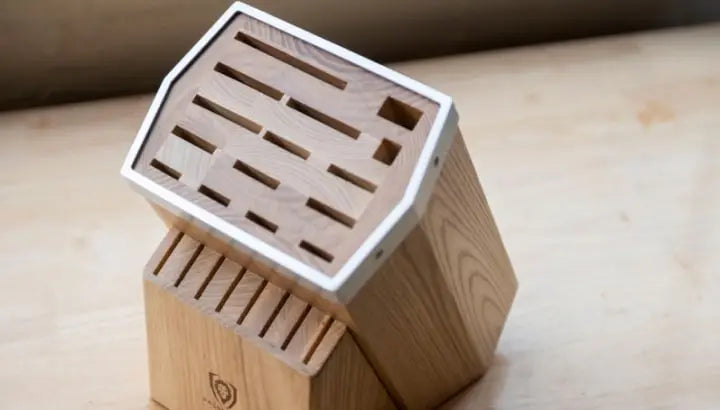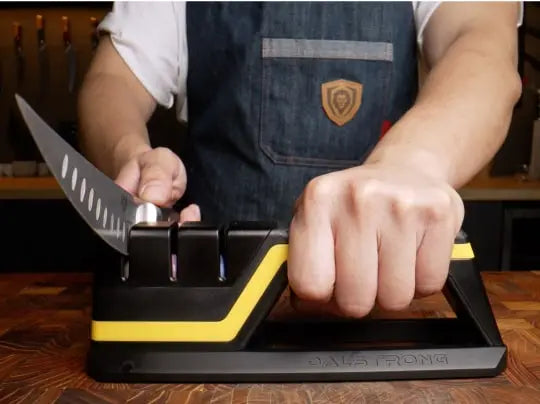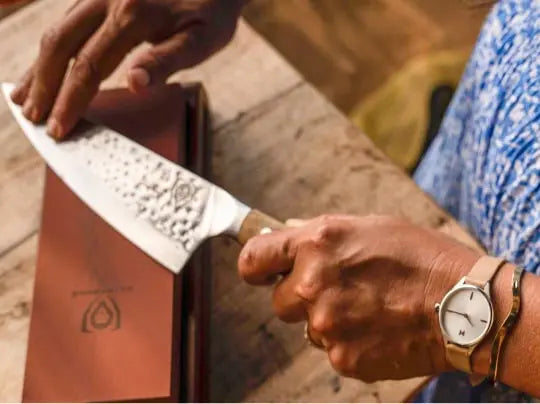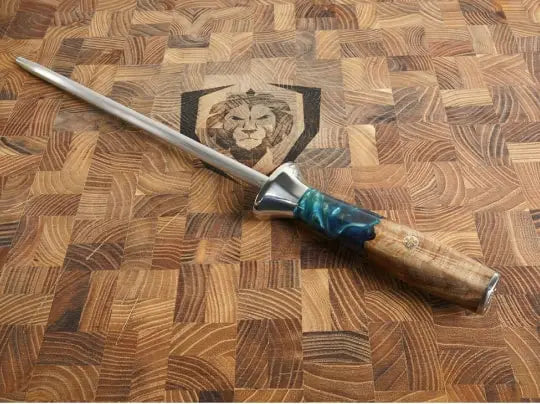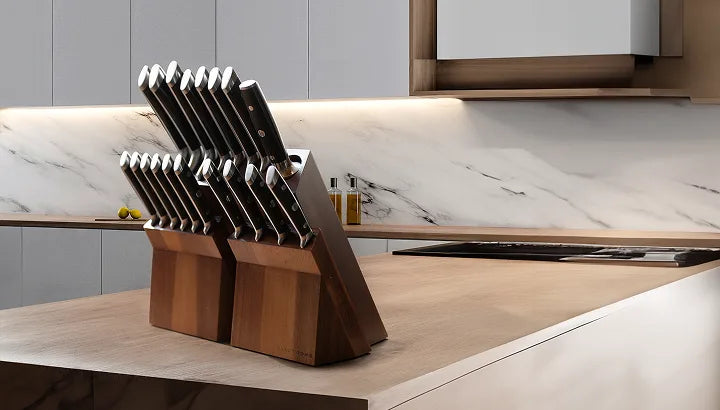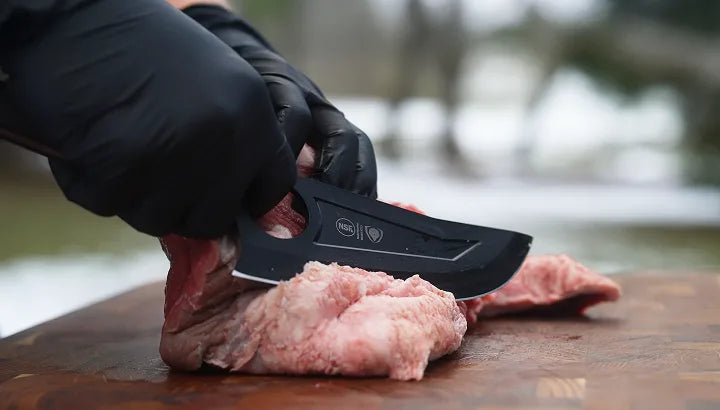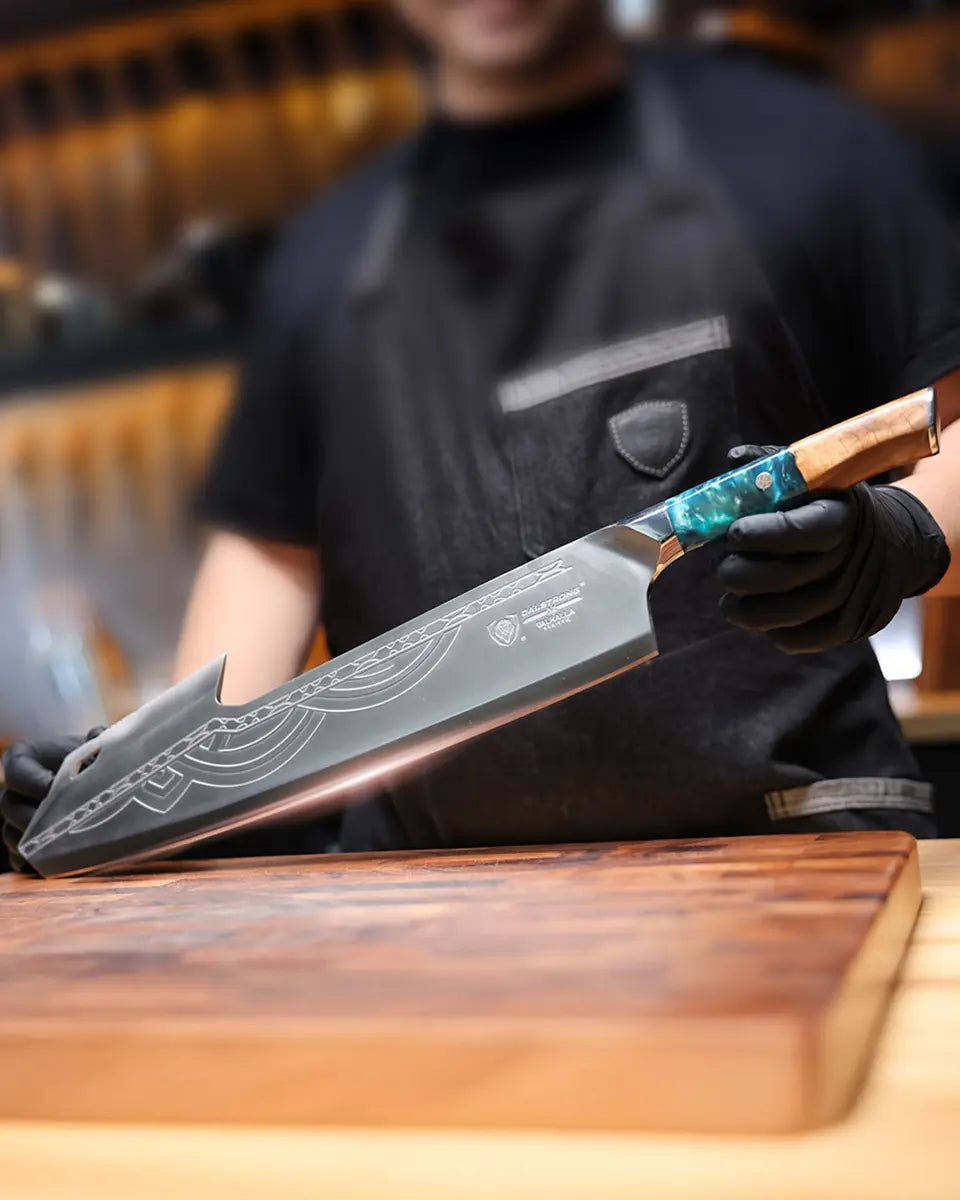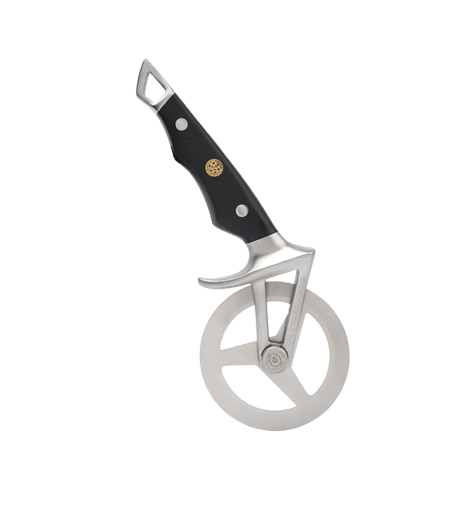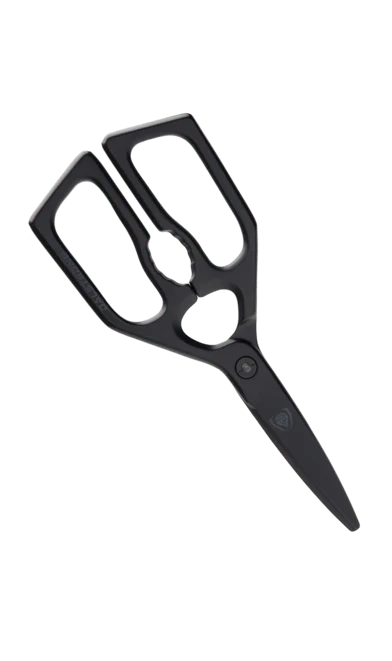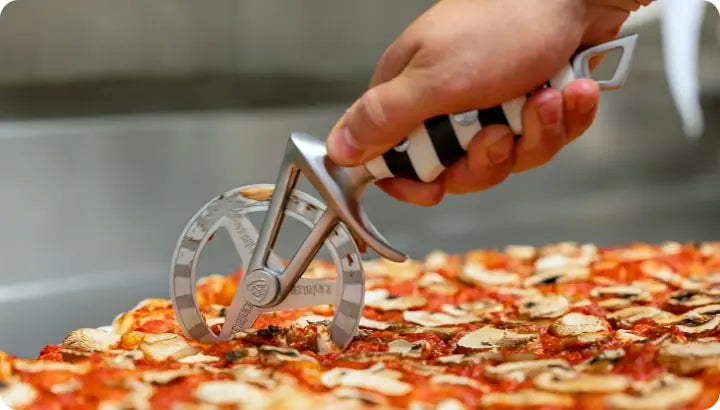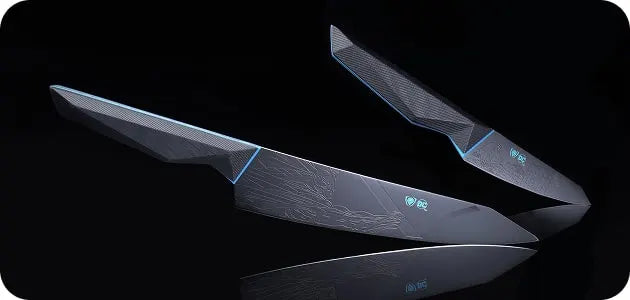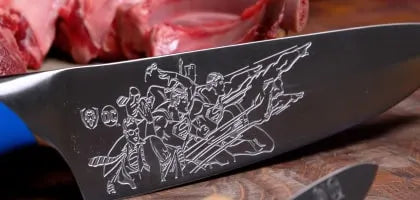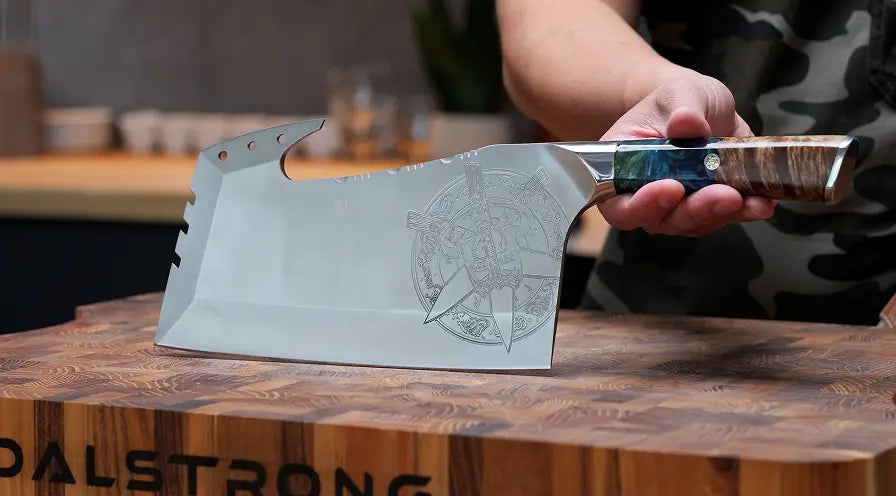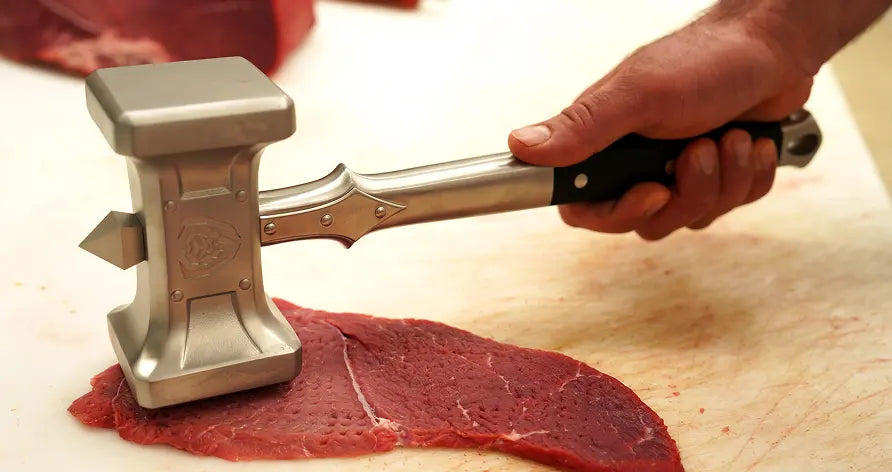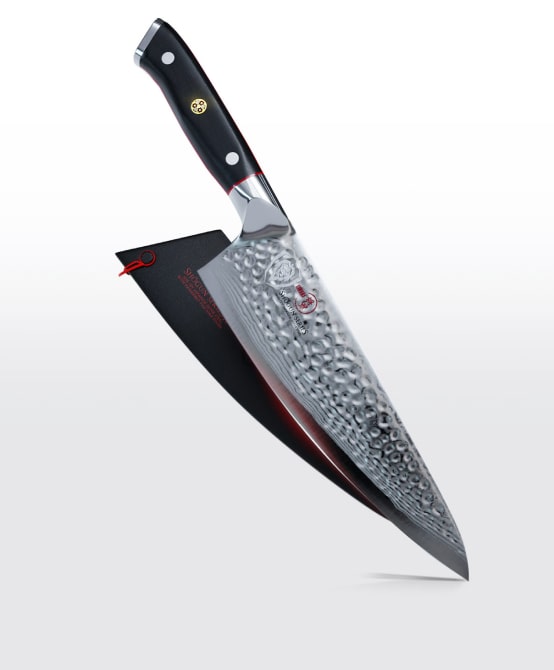
Chef's Knife 8" Scorpion Series | Dalstrong
Quick Overview: How To Cut A Jalapeno With A Knife
- Wash the fresh jalapeño thoroughly.
- Place the fresh jalapeño on a cutting board.
- Using a sharp knife, slice off the stem at the end of the jalapeño.
- Cut the jalapeño in half.
- Use a spoon or knife to scrape out the seeds from jalapeno peppers carefully.
Alright, let's spice things up in the kitchen! Learning how to cut a jalapeño is like mastering a secret ingredient that can kick your dishes up a notch. Whether you're a heat-seeker or just looking to add a bit of zing to your recipes, this humble green pepper holds the key. Let's dive into the art of handling jalapeños, unlocking their fiery potential while keeping things safe and flavorful!
1. What Is A Jalapeno?

A jalapeño pepper is a type of chili pepper that's named after the Mexican city of Jalapa. It's a popular ingredient in many cuisines, known for its distinctive spicy kick and vibrant green pepper color when it's ripe. These peppers are often used to add flavor and heat to a wide range of dishes, from salsas and sauces to soups and stews.
Jalapeños belong to the Capsicum annuum species, which includes other peppers like bell peppers, cayenne, and paprika. They're usually harvested while still green pepper, but they can turn red if left on the plant longer. The level of spiciness can vary from mild to moderately hot, depending on factors like growing conditions and individual pepper variation.
What's cool about jalapeños is how you can mix them up. Slice 'em, dice 'em, chop 'em or stuff them with your favorite fillings - it's all good. Plus, they can be pickled or smoked for a whole new taste experience. Ever heard of chipotle peppers? That's just a fancy name for dried and smoked jalapeños! They've got this smoky flavor that's out of this world.
On top of their culinary charm, jalapeños pack a health punch too. They're chock-full of vitamins and minerals - vitamin C being a standout. But the real kicker? Capsaicin. This hot little compound doesn't just spice up your meals; it's got potential health perks to boot! Think pain relief and metabolism boost.
So, if you're all about that spicy life or just want a gentle zing in your meals, jalapeños got your back. These fiery little fellas are not only full of flavor but also super adaptable - they can spice up pretty much anything you're cooking.
Read about the five health benefits of jalapeño, here.
2. How To Cut A Jalapeno: Different Methods To Try

Learning how to cut jalapeño peppers can be a bit tricky, especially if you're not used to handling spicy peppers. But with the right techniques, you can make the process a breeze. Here are a few methods to try:
Basic Slicing
- Wash the jalapeño peppers thoroughly to remove any dirt or residue.
- Place the fresh jalapeño on a cutting board and hold it steady with one hand.
- Using a sharp knife, slice off the stem end of the fresh jalapeño.
- Cut the fresh jalapeño peppers in half lengthwise.
- Use a spoon or knife to carefully scrape out the jalapeno seeds and membranes, which contain most of the heat.
- Now, you can proceed to slice the jalapeño according to your recipe.
Rings or Rounds
- Follow steps 1-3 from the basic slicing method.
- After cutting the jalapeño in half, lay the flat sides down on the cutting board.
- Slice the jalapeño into thin rings or rounds.
Julienned Strips
- After halving the jalapeño and removing the jalapeno seeds, lay each half flat on the cutting board.
- Make lengthwise cuts to create thin strips or "julienne" cuts.
Tips:
- Deseeding for Milder Flavor: If you want a milder flavor, deseed the fresh jalapeño completely. This involves removing all the fresh jalapeno seeds and membranes. Once deseeded, you can proceed with any of the slicing methods.
- Wearing Gloves (Optional): If you're particularly sensitive to the spiciness, consider wearing gloves to protect your hands.
3. Recommended Dalstrong Tools You Can Use
1. Chef's Knife 8" Shogun Series ELITE
The Chef's Knife 8" Shogun Series ELITE is a precision-crafted culinary tool that embodies the perfect balance of form and function. This kitchen essential is a testament to the artistry that defines the Shogun Series. With an 8-inch razor-sharp blade crafted from Aus10V Japanese Super Steel core, it exudes both elegance and robustness.
PROS:
- This blade is top-shelf stuff - super sharp for accurate cuts every time.Whether you're flipping pans in a five-star kitchen or just love whipping up gourmet meals at home, it won't let you down.
- This knife's got this cool Damascus pattern on the blade - it doesn't just look sick, but it also makes the knife tougher and less likely to rust.
- Its 8-inch length strikes a balance between maneuverability and versatility, making it suitable for a wide range of cutting, chopping, and slicing tasks.
CONS:
- While it excels at heavy-duty tasks, its size may be less suitable for intricate, detailed work like boning or filleting.
2. Santoku Knife 7" Centurion Series | Dalstrong
Dalstrong's Centurion Series 7" Santoku Knife is like a love letter to innovative culinary craft. It’s carefully crafted for anyone from professional chefs to home cooks who are after an outstanding sidekick in the kitchen. This isn't just a knife; it's the future of cooking made tangible.
PROS:
- The Santoku blade excels in a multitude of kitchen tasks, including slicing, dicing, and chopping. Its flat edge allows for a clean, precise cut.
- Rocking a 7-inch blade made from top-notch Swedish Sandvik 14C28N steel, this knife screams Dalstrong quality. Perfectly balanced and super versatile, it's the ultimate kitchen tool.
- The handle is secured with three rivets, ensuring that it stays firmly attached to the blade and providing added stability and durability.
CONS:
- While the Santoku excels at most kitchen tasks, it may not be the best choice for tasks that require significant force or involve bones, as it lacks the heft of a heavier knife.
3. Santoku Knife 7" Valhalla Series | Dalstrong
The Santoku Knife 7" Valhalla Series by Dalstrong embodies a fusion of ancient craftsmanship and modern engineering, paying homage to the legendary warriors of Norse mythology. With its 7-inch blade and ergonomic design, it's a versatile, comfortable, and durable tool for busy kitchens.
PROS:
- Crafted from high-carbon 5-layer 9CR18MOV steel, the blade delivers exceptional sharpness, edge retention, and resistance to corrosion, ensuring long-lasting performance.
- The unique stabilized wood and resin handle, made from military-grade G10 material, offers a comfortable and secure grip. Its ergonomic shape reduces hand fatigue, allowing for extended periods of use.
- The knife features a striking mosaic pin in the handle, adding an element of elegance. The blade showcases a unique pattern that not only enhances its visual appeal but also contributes to its strength.
CONS:
- The unique look and design of the Valhalla Series knives might not be the preference for some who are more into traditional classic-style knives.
4. Paring Knife 4" Omega Series | Dalstrong
The Paring Knife 4" Omega Series by Dalstrong is designed with meticulous attention to detail, catering to both professional chefs and home cooks who demand exceptional performance. With its 4-inch blade and refined design, it's a versatile tool that not only performs but also feels and looks superior.
PROS:
- This paring knife is perfect for intricate tasks like peeling, trimming, and shaping fruits and vegetables. It provides excellent control and accuracy.
- Made from BD1N American forged Hyper Steel with an added vacuum treatment, this knife is the ultimate tool for your intricate cutting needs.
- The knife showcases a unique "Liquid Metal" pattern on the blade which helps reduce drag and stuck on food when performing any cutting tasks.
CONS:
- Due to its smaller size, the paring knife is not ideal for heavy-duty tasks that require significant force or involve dense and hard materials.
5. Kiritsuke Chef's Knife 8.5" Shogun Series ELITE | Dalstrong
The Kiritsuke Chef's Knife 8.5" Shogun Series ELITE by Dalstrong is the ultimate blend of traditional Japanese design and modern innovation. Designed to cater to discerning chefs and dedicated home cooks, its 8.5-inch Japanese AUS-10V steel blade is a work of art, showcasing both form and function with every slice.
PROS:
- The Kiritsuke blade design is versatile, combining elements of both a chef's knife and a traditional Japanese vegetable knife, allowing for exceptional precision in a wide range of kitchen tasks.
- it boasts the striking Shogun Series Tsunami Rose blade pattern, making it a standout and an incredible conversation starter.
- The knife is Nitrogen-cooled, giving it an improved harness and superior resistance to corrosion.
CONS:
- While incredibly versatile, the Kiritsuke may require some adjustment for those accustomed to more traditional chef's knife shapes.
4. Frequently Asked Questions
Can I cut jalapenos without gloves?
Yes, you can cut the pepper jalapeños without gloves, but it's important to be cautious. Wash your hands thoroughly afterward, and avoid touching your face or eyes during the process. Keep in mind that some people may experience skin irritation or discomfort due to the natural oils in jalapeños, so it's a good practice to use gloves if you're sensitive to spicy peppers.
Do you cut seeds out of jalapenos?
Yes, removing the seeds from jalapeños can reduce their spiciness. To do so, cut the pepper in half lengthwise and use a spoon or knife to scrape out the seeds and membranes. If you prefer a milder flavor, thoroughly removing the seeds is recommended. However, if you enjoy extra heat, you can leave some seeds in.
How do you cut jalapeño rings?
To cut the pepper jalapeño rings, first, wash and dry the pepper. Cut off the stem end and slice the jalapeño into rounds. If you want rings, simply lay the flat rounds on the cutting board and use a small round cookie cutter or the edge of a small glass to punch out the seeds and create the rings. Be cautious and wash your hands afterward to avoid any irritation from the pepper's oils.



